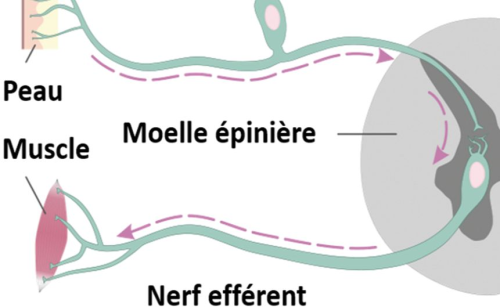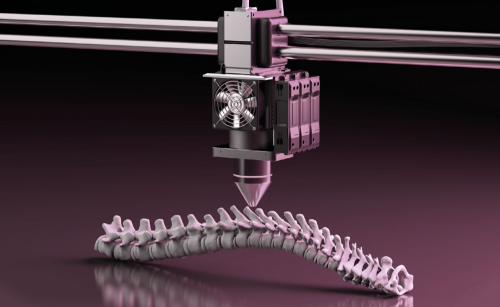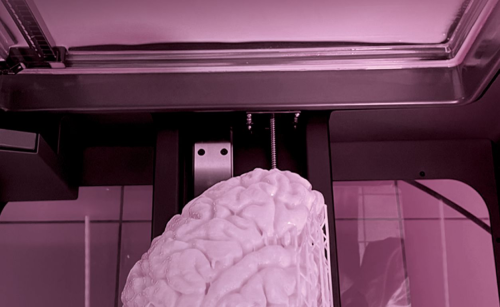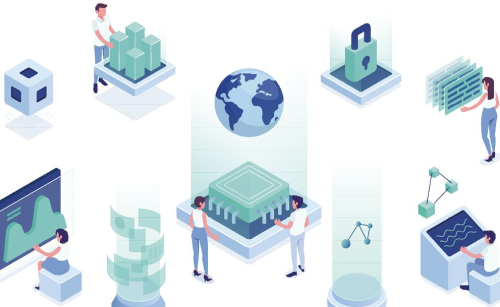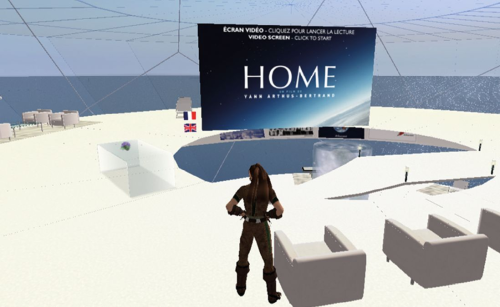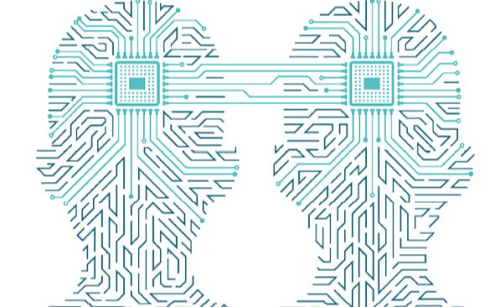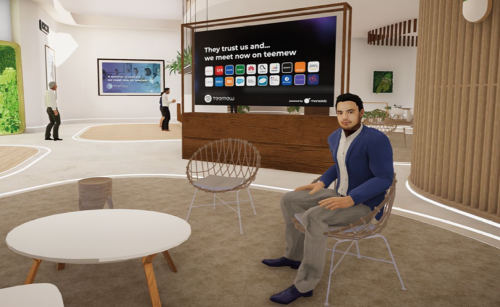
Éditorial - Evolving the Internet
The Internet concepts took shape in 1973, but benefited from earlier work on the Arpanet and discussions of the International Network Work Group (INWG) which eventually became Working Group 6.1 of the International Federation of Information Processing (IFIP). In simple terms, the Internet is a network of autonomous networks joined by Gateways and employing a collection of protocols sometimes referred to as the TCP/IP Protocol Suite. The Internet Protocol (IP) comes in two flavors: IPv4 and IPv6 using 32 bit and 128 bit addressing structures, respectively. The Transmission Control Protocol (TCP) and User Datagram Protocol (UDP) ride on top of IP and provide reliable, sequenced service (TCP) and best-efforts, unsequenced, low latency "datagram" service respectively. There are, of course, scores of protocols that animate the Internet including the Hypertext Transport Protocol (HTTP) that supports the World Wide Web.
The Arpanet project highlighted the utility of "layered protocols" in which the lower layers provide general purpose functionality on behalf of the higher, more specialized layers above. That concept has served the Internet well. A higher layer protocol is encapsulated as payload in lower layers which provides a well-defined boundary between layers. This boundary isolates a higher layer from lower layer implementation. For example, the IP layer is unaware of the underlying means of transmission so that new technology can easily be swept into the architecture. As fiber optic cables, Wi-Fi and Low Earth Orbiting (LEO) satellites arrived, their communication capabilities were quickly incorporated into concrete realization in the Internet without changes to higher layer protocols. The Internet architecture was designed to permit the addition of new protocols within a layer and addition of new layers of protocol. For example, a Real Time Protocol (RTP) was added as a layer above UDP, HTTP was added as a layer above TCP and IPv6 was added as a new protocol within the Internet Protocol layer.
The Internet's "end-to-end" principle treats the Internet as a transparent path so that hosts at the edge of the Internet send and receive IP packets and interpret their payloads as the higher layer protocols dictate. The consequence of this design choice is that new applications do not involve changes to the IP layer but, rather, reinterpretation of the payloads of the IP packets after they arrive at their destinations. The underlying Internet packet transport system does not need to change. A cornucopia of applications have been developed while the Internet's basic packet transport system has remained largely unchanged, except for vastly increased speeds and the introduction of the larger address space of IPv6.
All the evidence indicates that at the edge of the Internet lies an endless frontier of new potential applications and that new transmission technologies are eagerly absorbed as we have seen with the arrival of smartphones, 4G and 5G. The Internet continues to evolve as new ideas for its use and implementation bubble to the surface in the minds of inventors everywhere.
 Vinton G. CERF
Vinton G. CERF
Vinton G. Cerf est vice-président et Chief Internet Evangelist de Google. Cerf est le co-concepteur des protocoles TCP/IP et de l'architecture d'Internet. Il a occupé des postes de direction à l'ICANN, à l'Internet Society, au MCI, à la Corporation for National Research Initiatives et à la Defense Advanced Research Projects Agency. Ancien membre du National Science Board des États-Unis, il est l'ancien président de l'Association for Computing Machinery et exerce des fonctions consultatives au NIST, au DOE, à la NSF et à la NASA.







